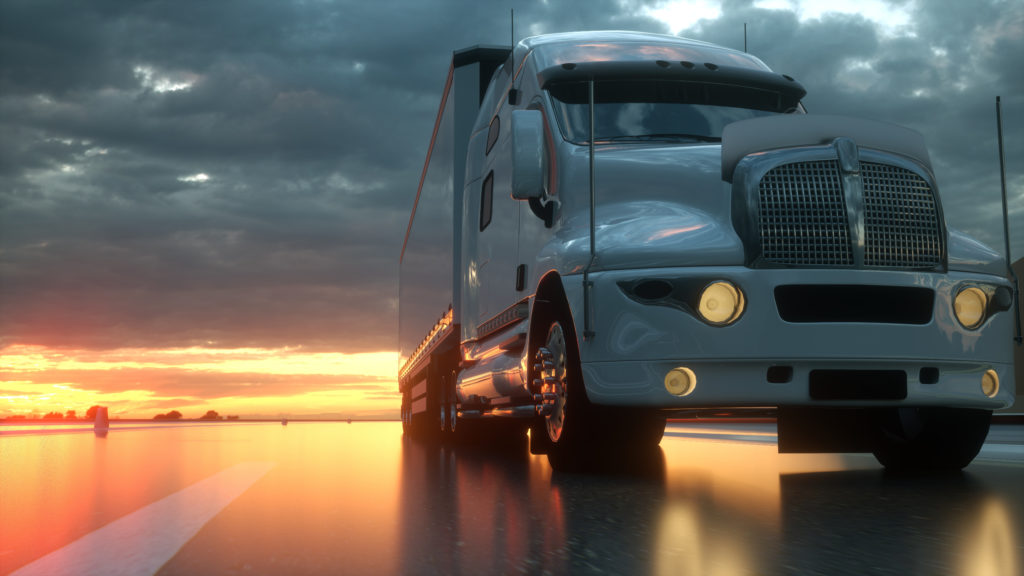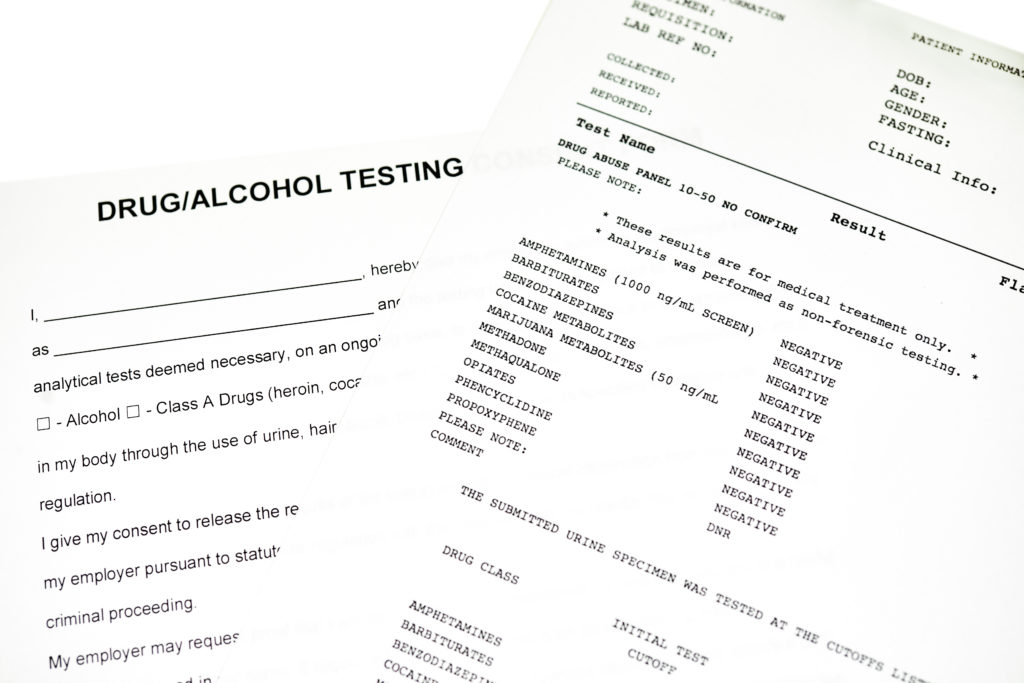
Technology company Autobon AI is now testing its partially autonomous truck in regular traffic on the Jane Addams Tollway.
After successful tests by the Lisle, Illinois company’s co-founder, Krystian Gebis, on the Chicagoland Speedway track in Joliet, Autobon believes its innovative vehicle is ready for the main roadway. Still, a driver will stay behind the wheel.
“The driver still has full control,” said Gebis. “We want to make sure the truck isn’t weaving in the lane and it maintains a safe following distance. We want to make sure it’s very precisely driving.”
Transportation experts are saying tests like these will become more and more common in the near future, as trucks that are at least partially self-driving will hit the road in hopes of countering the current truck driver shortage in the freight industry.
The trucking industry is expected to be a top early implementer of autonomous technology for this very reason.
“There’s a significant shortage of drivers,” said director of the University of Illinois at Chicago’s Urban Transportation Center, P.S. Sriraj. “If you have a shortage of drivers, you have drivers working long hours and compromising their safety.”
According to Gebis, autonomous technology won’t be completely replacing truck drivers any time soon, but will provide an avenue for drivers to feel safer and at ease while on the road.
“You want to not have fatigue or stress be a factor in driving,” Gebis sad. “We are thinking of every possible way we can to make the job more enjoyable for drivers.”
However, how exactly these developments will come into play is still in question. Although autonomous driving tech engineers are staying busy, federal regulatory frameworks for automated vehicles is being drafted by transportation leaders as we speak.
Chairman Roger Wicker (R-Mississippi) confirmed in a hearing with safety agencies that the Senate Commerce Committee is currently collaborating with their House counterparts on the Energy and Commerce Committee to draft a new measure governing automated technology.
“As we continue to develop a regulatory framework, the discussion should also be driven by the potential benefits of [automated vehicles] to improve the country’s transportation systems,” said Wicker. “As technology continues to improve, AVs will be increasingly part of our daily lives. Therefore, it is up to us to ensure that the safety benefits of these vehicles are fully realized.”
Wicker also notes that without a national regulatory framework, other countries may have the opportunity to lead in the AV field.
Still, panel members stress that ensuring the safety of all roadway commuters is the top priority and is what will guide the legislative process this bill. Senators noted that over 36,000 people were killed in roadway crashes last year, according to the National Highway Traffic Safety Administration.
“Over the past three years, more companies have been putting automated vehicles out on the road, and sometimes ending in fatal consequences,” said Sen. Maria Cantwell (D-Washington). “In several of these accidents, the drivers were not paying attention to the roadway and [were] unable to intervene to avoid the crash. What we need to do is continue to learn from these lessons and make sure that we’re putting safeguards in place.”
One of the accidents to which Cantwell refers is 2018’s fatal accident involving Uber Technologies, Inc.’s developmental Automated Driving System and a pedestrian in Tempe, Arizona.
Autobon’s Gebis said he has many of his own family members working in the trucking industry, which is what led him to learn about crash-related issues. Because of this, he was able to combine his knowledge of trucking with his passion for robotics and start his company.
Now, Autobon AI has new technology that is able to replace a truck’s wind visor with one equipped with multidirectional cameras, sensors and GPS to aid the truck in responding to road conditions.
The truck’s steering wheel, accelerator, and brakes react to the incoming information from this equipment. The company also has an in-cab sun visor in the works that will have a camera to monitor drivers and make sure they aren’t distracted by fatigue or texting. Then, a remote control operator can check driver behavior and pull a truck over into an emergency lane if necessary.
According to Gebis, Autobon plans to sell this automated technology equipment for installation in trucks, as well as to sell the accompanying services, such as tools for delivery improvement and driver monitoring methods.
“We’re engaging with Autobon to develop a better understanding of emerging vehicle technologies and the way these advances could be used to increase safety on our roads,” said Jose Alvarez, Executive Director of the Illinois Tollway.
Chairman of the National Transportation Safety Board, Robert Sumwalt is wary of past ADS-related accidents, but acknowledges the potential for this technology to help decrease the number of crashes overall.
“A promise of the upcoming ADSes is that such systems will be safer than a human driver,” he said. “Until that promise is realized, the testing of developmental ADS–with all its expected failures and limitations–requires appropriate safeguards when conducted on public roads.”
A timeline for the measure to be put in place has not yet been announced.




